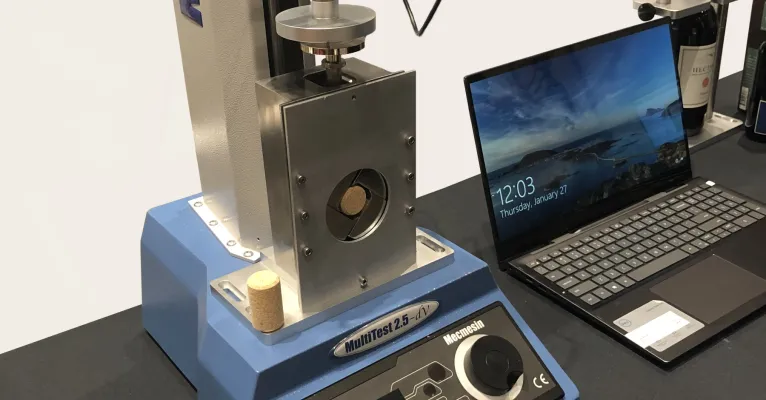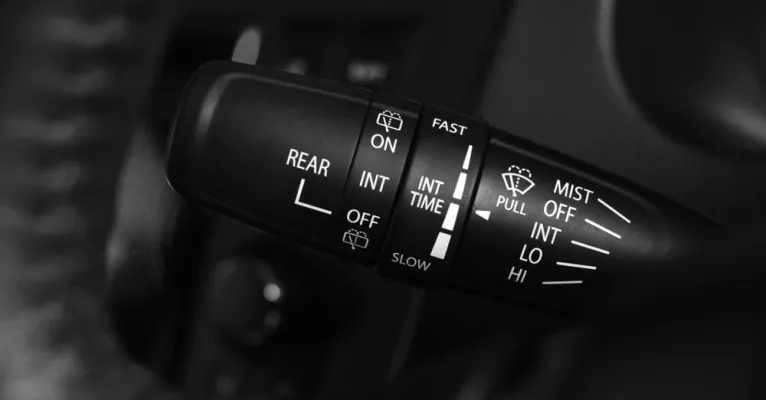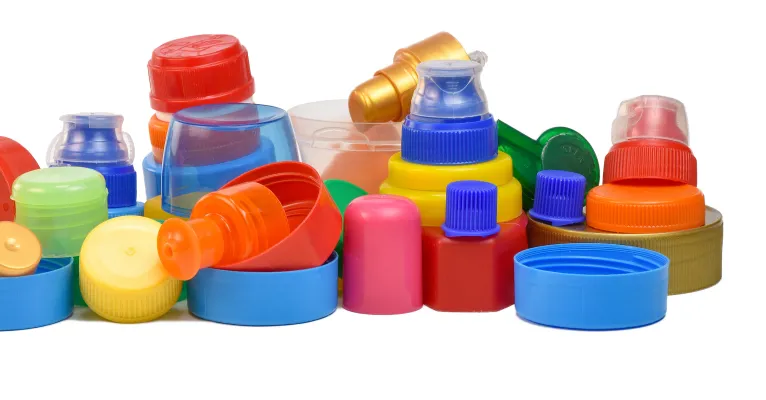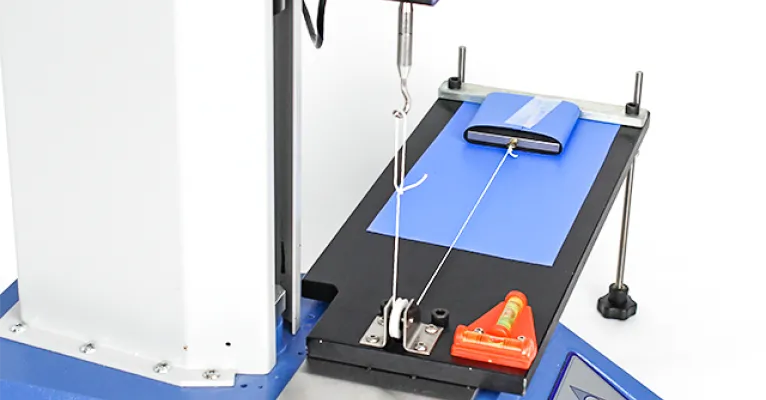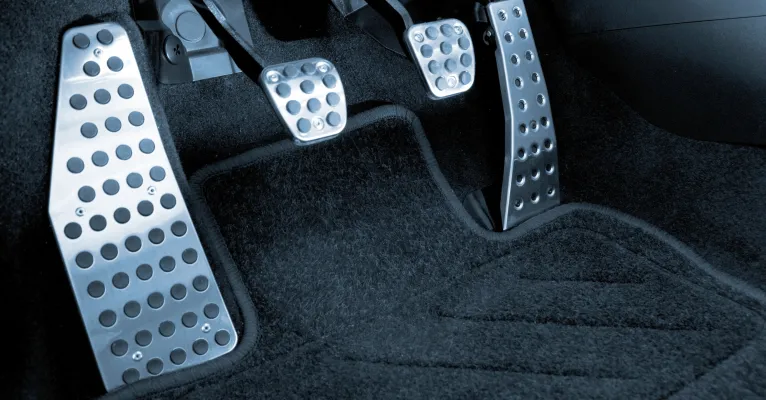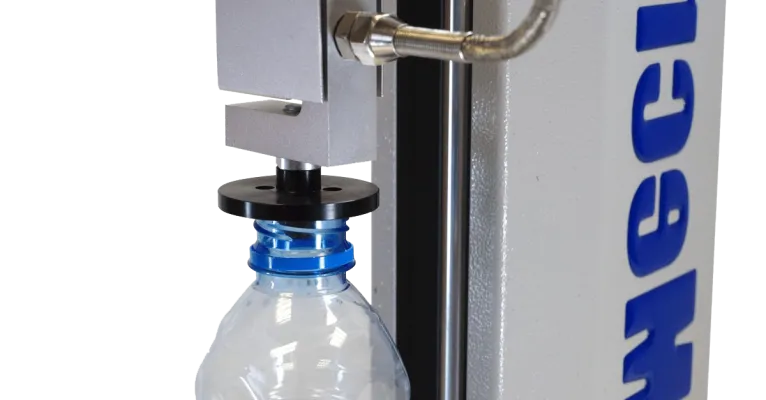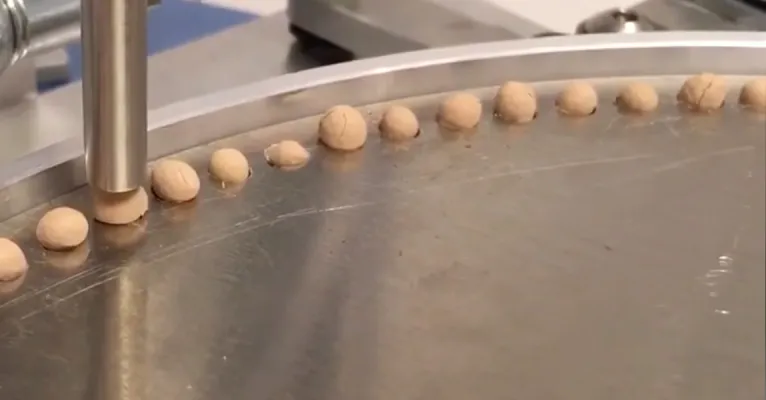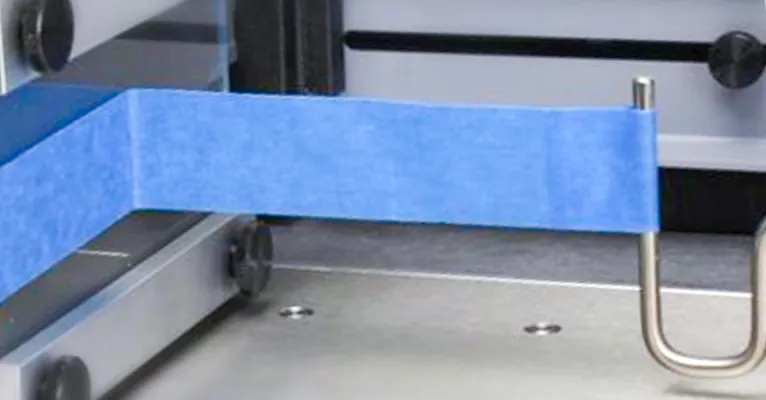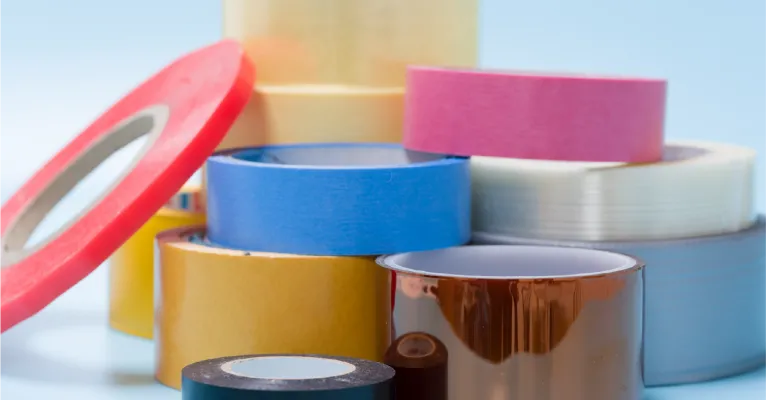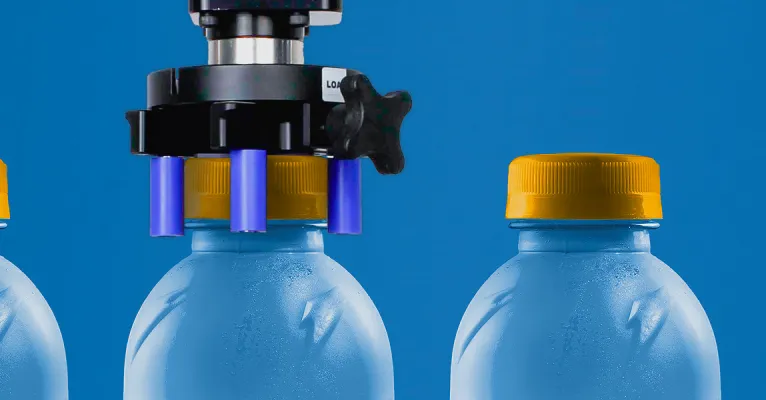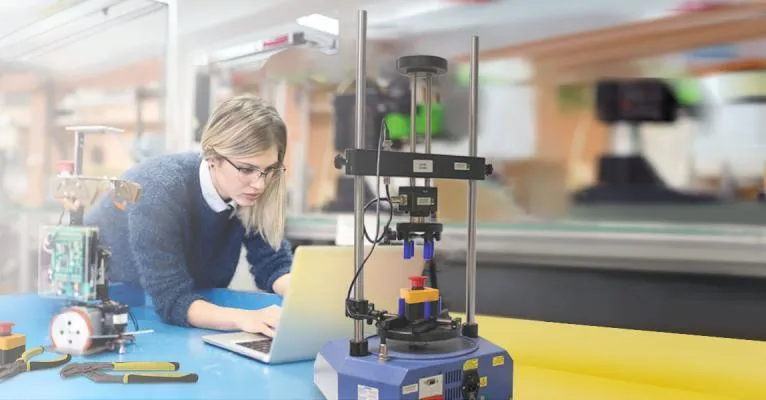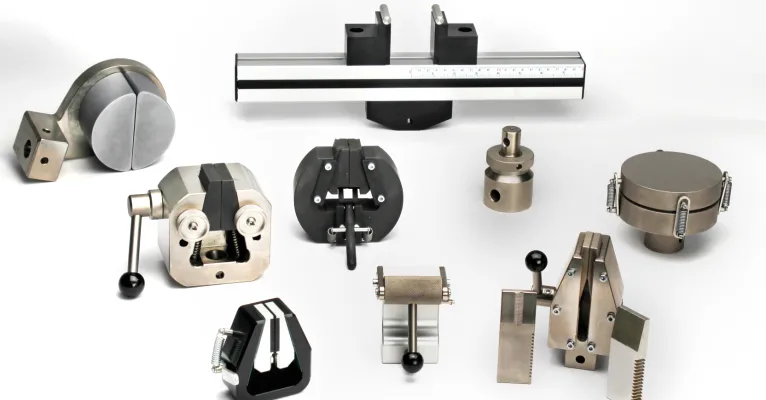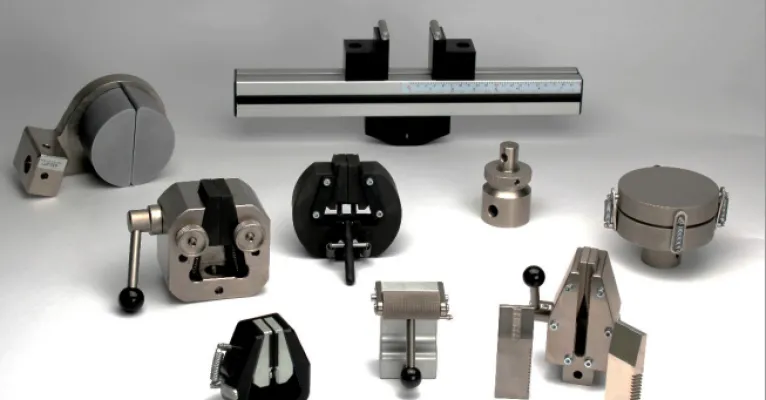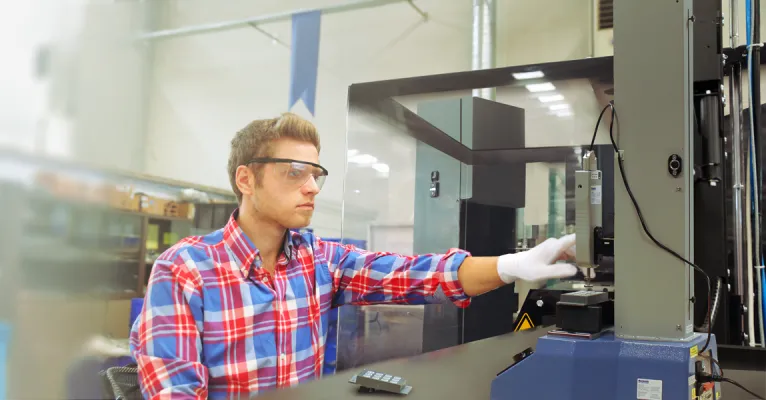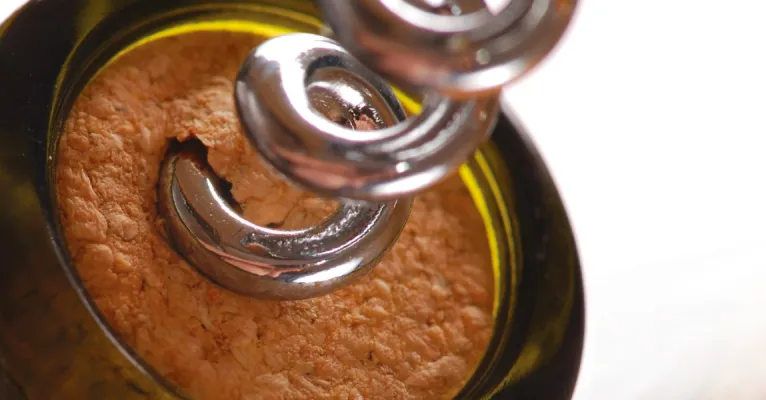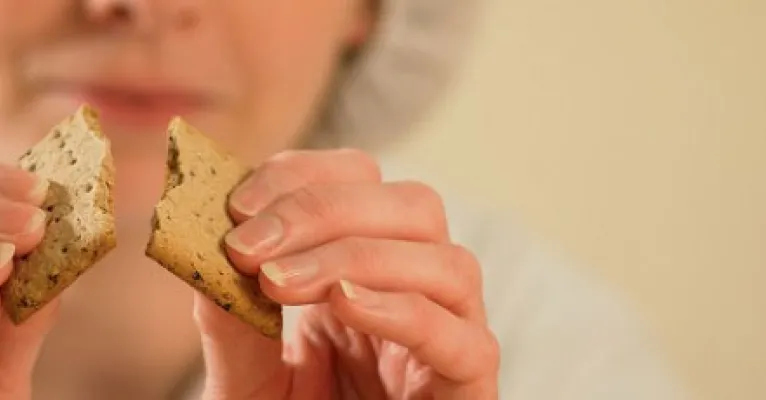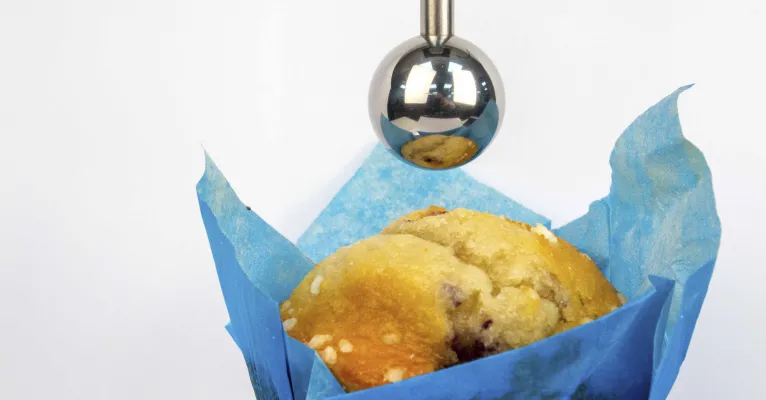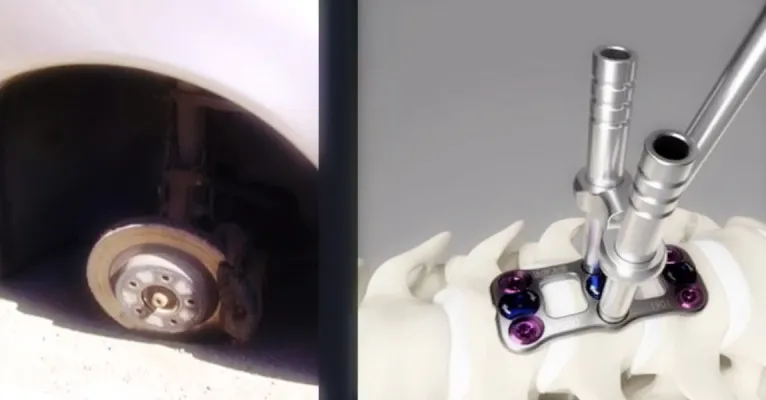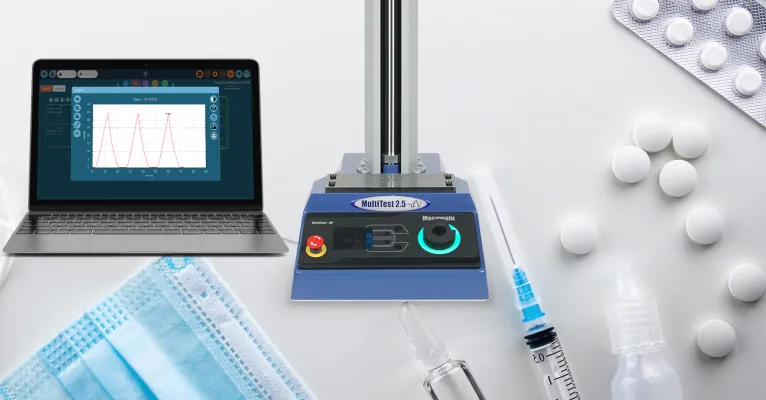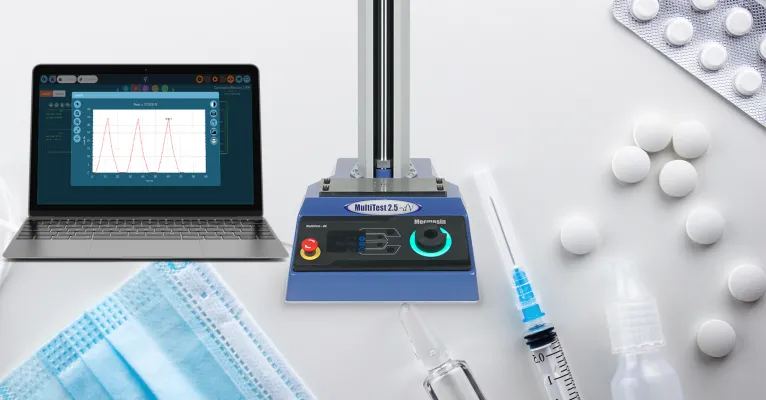Texture cannot be controlled unless it is measured in a consistent and repeatable manner.
Texture testing is a well-known and popular technique used to evaluate the physical and mechanical properties of raw ingredients, food structure, and designs, as well as for pre- and post-production quality assurance.
The primary goal of using instrumentation to measure texture is to capture an objective value to something that is typically evaluated very subjectively.
This webinar will focus on the basics of food texture analysis, where it is applied, and how it benefits the end user. We will also review the different test types, how we decide on the test method, and other testing considerations.
What You’ll Learn:
- General Overview of Food Texture Analysis – How does it work?
- The Relationship between texture and sensory perception.
- Why measure?
- Basic Test Types.
- Selecting the correct probe or fixture.
- Sample prep. Why is it so important?
Who should attend?
Anyone working in R&D, Q/A, Q/C, and production should find this informative, along with students and professors in Food Science and adjacent areas of study. The technology and techniques can be applied to a wide range of products from different sectors including:
- Bakery
- Confectionary
- Dairy
- Meat
- Fruits and Vegetables
- Education and Universities


